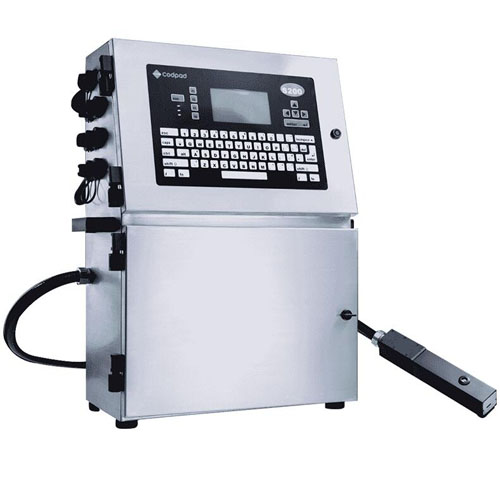The beverage industry is a huge business. Aside from the actual content, its packaging is one aspect that continues to evolve over the years. Technological advancements have been apparent as a step to adapt to new manufacturing trends. From QR codes to interactive cans and bottles, innovative techniques have been used to market these products. There are also lifestyle changes that made the way for the popularity of ‘healthier’ beverages to find their place in the market. Aside from that are the environmentally-friendly efforts that aim to reduce plastic use and promote sustainability.
But as trends on bottle label printing and packaging continue to evolve, there are basic requirements that must not be overlooked. The importance of conveying information clearly remains a priority for the protection of both the consumers and manufacturers.
Quality Coding and Bottle Label Printing: The Things to Remember
Bottle label printing must be done with high regard to quality and accurate coding and marking. Aside from adhering to industry regulations, you’d want bottle prints to serve their purposes especially when it comes to traceability. With accurate, clearly printed, and durable codes your company can still track and trace your products even when they are exposed to external factors.
Here are some of the key points that you need to keep in mind when choosing the best bottle printing solutions.

Choose the right ink.
Make sure that you’ll choose an ink that can create durable markings on both glass and plastic bottles. Inks used with continuous inkjet printers should be suited to cold fill applications and must be able to perform equally well in conditions where condensation may or may not be present. This is important to consider so you can perform applications without having to store different types of inks and printers.
Use the right bottle printer.
With the right bottle printer, you’ll meet retailer standards and satisfy customer expectations. You can also opt for bottle printers that allow direct application so you won’t have to worry about the additional cost of labels, pre-printing, and storage.
There are also important considerations to help ensure that you’ll choose the best coding and marking solution for your needs.
1. Check your substrate requirements. Take into consideration the types of materials and the choices of colors that you need to code.
2. Know the complexity of your code content. Will you require additional lines or different orientations? These are some of the essential considerations to ensure that your requirements will be supported by the printer.
3. Assess your line speed. See to it that your bottle printing solution will be able to keep up with your line speed without compromising the output.
4. Consider the IP rating. The factory environment may affect the performance of bottle printers. Make sure that it has the right IP rating to ensure that its performance won’t be compromised whether in a wet or dusty environment.
评论
发表评论